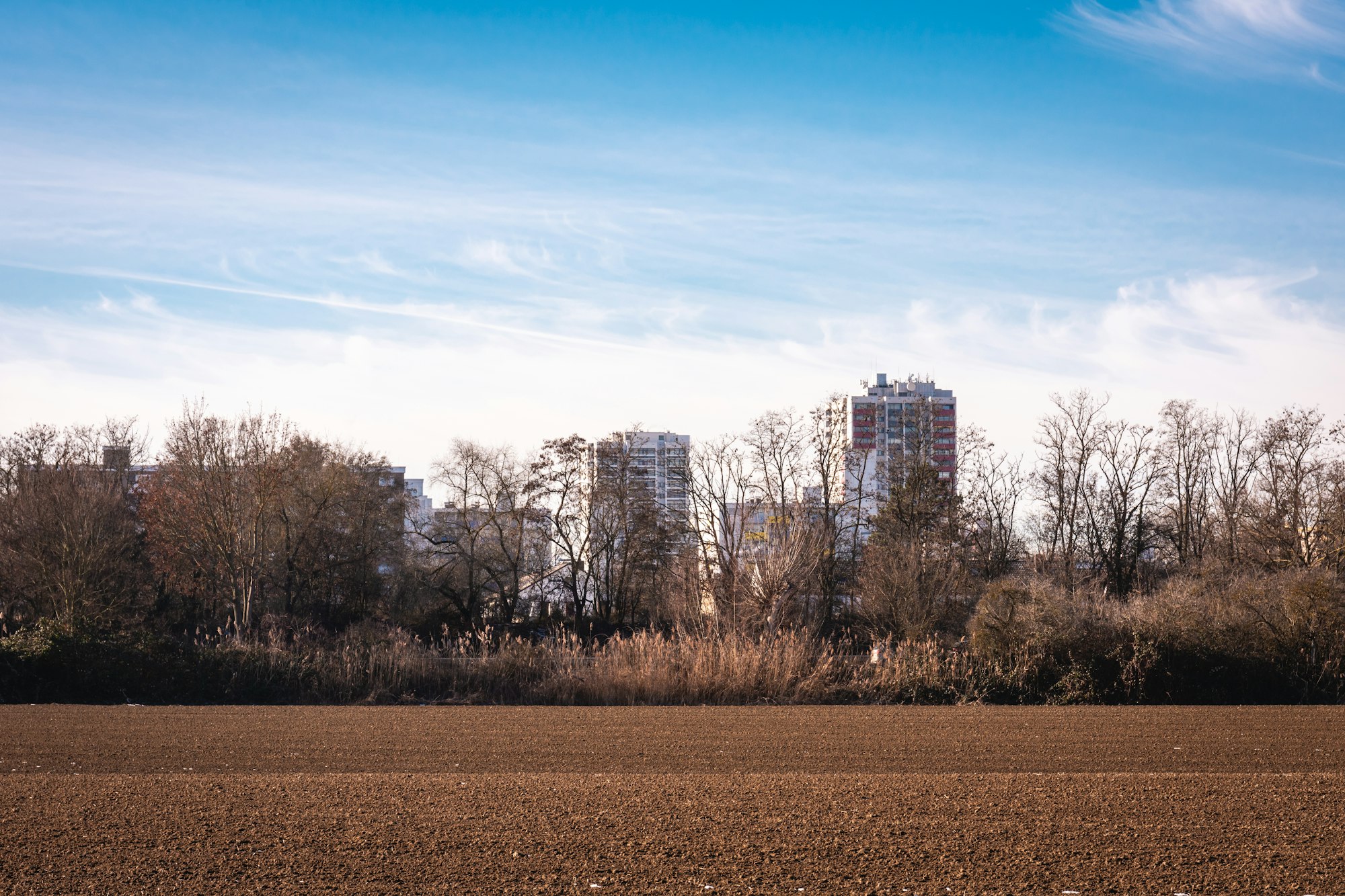How Can Real Estate Investors Take Advantage of Tax Breaks for Brownfield Redevelopment?

As real estate investors, you are always on the lookout for new and promising opportunities. One such opportunity lies in the redevelopment of brownfields. These previously industrial or commercial sites, often contaminated with hazardous substances, pollutants, or contaminants, may not be the first choice for many. However, with the right incentives such as significant tax breaks and credits, these sites can turn into gold mines.
With governments at both the state and federal level offering enticing tax breaks for the redevelopment of these sites, it is a perfect opportunity for investors to venture into this sector. Not only will this lead to substantial financial gains, but it also contributes positively to the community and the environment.
A découvrir également : How to Assess and Manage the Risks of Methane Gas in Former Industrial Real Estate Sites?
Understanding Brownfield Sites and Their Potential
Before diving into the incentives and tax breaks, let’s first understand what brownfield sites are and the potential they hold. As per the Environmental Protection Agency (EPA), a brownfield site is "real property, the expansion, redevelopment, or reuse of which may be complicated by the presence or potential presence of a hazardous substance, pollutant, or contaminant."
This definition may make brownfield sites seem intimidating, but with the right precautions and cleanup measures, these sites can become prime real estate properties. Their redevelopment can revitalize local economies, provide new job opportunities, and improve the overall quality of life in the community.
A lire en complément : What Is the Impact of E-Commerce on Brick-and-Mortar Retail Real Estate Values?
State and Federal Tax Incentives for Brownfield Redevelopment
The government is keen on encouraging the redevelopment of brownfield sites. To this end, there are several state and federal tax incentives available to real estate investors. These incentives are designed to offset the costs associated with the assessment, cleanup, and redevelopment of these sites.
Among these incentives, the Brownfields Tax Incentive is a significant one. It allows environmental cleanup costs to be fully deductible in the year incurred rather than having to be capitalized over a period of time.
On a state level, many states provide tax credits for the redevelopment of brownfield sites. For instance, some states offer property tax abatements for redeveloped brownfield properties. These abatements can significantly reduce the overall tax burden on the business, making the project more financially viable.
How to Apply for Brownfield Tax Credits and Incentives
To take advantage of these tax credits and incentives, real estate developers must navigate the application process. This often entails working with environmental professionals to conduct a site assessment, developing a cleanup plan, and submitting the necessary documentation to state and federal agencies.
You should remember that the eligibility for these tax credits often depends on the nature of the pollutants present on the site, the intended use of the property after redevelopment, and the extent of the cleanup required. Therefore, it’s crucial to work with experts to ensure that your project meets the eligibility criteria.
The Role of Community in Brownfield Redevelopment
Community involvement and support often play a pivotal role in the success of brownfield redevelopment projects. A project that is welcomed by the community can often navigate regulatory hurdles and obtain necessary approvals more quickly.
The community can also benefit significantly from these projects. The redevelopment of brownfield sites can lead to increased property values, improved environmental conditions, and the creation of new jobs. It can also bring in new businesses and services to the community, fostering economic growth and development.
The Environmental Impact of Brownfield Redevelopment
Beyond the financial incentives, developing brownfield sites significantly contributes to environmental sustainability. The cleanup and redevelopment of these sites prevent the spread of pollutants, improve local environmental conditions, and make better use of existing urban spaces.
Moreover, redeveloping brownfields reduces pressure on undeveloped land, thus preserving green spaces. It leads to a more efficient use of existing infrastructure such as roads, utilities, and public services. All of this contributes to more sustainable and eco-friendly urban development.
In conclusion, brownfield redevelopment presents a unique opportunity for real estate investors. The combination of financial incentives, community development, and environmental sustainability makes these projects highly attractive. With careful planning and execution, these underutilized sites can turn into lucrative real estate investments.
Financing Opportunities for Brownfield Redevelopment
Apart from tax credits and incentives, there are other financing opportunities that real estate investors can explore for brownfield redevelopment. These opportunities can further ease the financial burden associated with the cleanup and redevelopment process.
Grants are a prominent financing option provided by both federal and state governments. The EPA, for example, provides competitive grants to communities, states, tribes and others to assess, clean up and redevelop brownfield sites. These include Assessment Grants, Cleanup Grants, and Multipurpose Grants, among others.
Beyond grants, Low-Income Housing Tax Credits (LIHTC) can also be combined with brownfield tax credits for projects that involve the creation of affordable housing. This can further enhance the financial viability of your project.
Historic Tax Credits (HTC) can be another advantageous opportunity if the brownfield site includes historic buildings. This federal program offers a 20% income tax credit for the rehabilitation of historic, income-producing buildings.
Finally, brownfield sites located within Qualified Opportunity Zones may qualify for additional tax benefits. Investors can defer tax on any prior gains invested in a Qualified Opportunity Fund (QOF) until the investment in the QOF is sold or exchanged.
However, it’s worth mentioning that each financing source will have its own eligibility criteria, application process, and compliance requirements. Therefore, real estate investors should carefully evaluate each option with the help of financial experts and legal advisors.
Fostering Economic Growth Through Brownfield Redevelopment
The redevelopment of brownfield sites also helps drive economic growth at the local, state, and national levels. It opens up new avenues for business development, creating a positive impact on the region’s economy.
The transformation of a brownfield site into a vibrant real estate development can attract a multitude of businesses, ranging from small businesses to large corporations. This influx of businesses boosts the local economy by creating job opportunities and increasing revenue through property and income taxes.
The redevelopment of brownfield sites also provides an opportunity for property owners to enhance their asset value. As the property’s use shifts from industrial or commercial to residential or mixed-use, it can significantly elevate the property’s market value.
Moreover, brownfield redevelopment can stimulate further development in the surrounding areas. It can inspire other property owners to initiate their own redevelopment projects, creating a ripple effect of growth and development.
Conclusion
To wrap it up, brownfield redevelopment is more than just an investment opportunity. It is a chance for real estate developers to contribute to community revitalization, environmental sustainability, and economic growth. The various tax credits and incentives offered by state and federal governments make these projects financially worthwhile. Meanwhile, the community benefits from new job opportunities, improved environmental conditions, and enhanced local amenities.
Furthermore, the redevelopment of brownfield sites aligns perfectly with the global push towards sustainable urban development. By rehabilitating and reutilizing existing spaces, we can minimize the need for encroaching on green spaces, thereby preserving our natural environment.
Through strategic planning and mindful execution, real estate investors can turn a brownfield site into a thriving and lucrative development. It is, indeed, a win-win situation for all parties involved – the investors, the community, and the environment.
